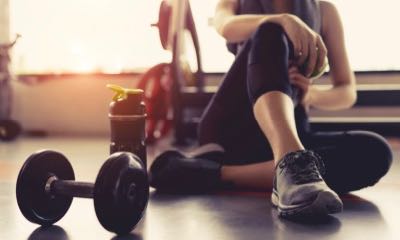Dieting fills your thoughts with food—what you can eat, and, especially, what you can’t. It can also be exhausting and detrimental to your health and weight-management goals. Intermittent fasting or time-restricted eating helps shift your mind from asking “what can I eat” to “when is it best for me to eat.”
The transition is more than dislocating one issue and entrenching another. Focusing your feeding to specific times and incorporating measured intervals of fasting has shown benefits for weight and overall health. This has turned intermittent fasting (sometimes abbreviated IF) into a topic that keeps growing in popularity—from the health-conscious to the general public.
It’s time to go beyond the buzz to explore what this unique approach to eating is, has to offer, and how to start intermittent fasting.
What is Intermittent Fasting?
Proponents of the IF way of life say it’s a silver bullet for a whole host of health goals, while detractors dismiss the approach as just the latest fad—or worse, a “starvation diet.”
The concept of intermittent fasting itself is quite simple: consume food within a limited number of hours—also known as your “feeding window”—and abstain from eating and drinking most beverages during the other hours of the day.
IF has several eating schedules—you’ll dive into those later. You can even call it “time-restricted eating”—shifting focus to the eating part of the equation. No matter the name or schedule, the underlying philosophy of feast/fast cycles provides benefits, as well as a contrast to average diet types.
Is Intermittent Fasting Just Another Diet?
Not only is intermittent fasting not a fad diet, it’s not even really a diet. It doesn’t contain a prescribed list of foods to avoid or eat. Instead, the concept of periodic fasting is closer to a shift in lifestyle. And it’s been around for a long time. Human history is stuffed with examples of cycles of feasting and fast. The reason it seems strange or fad-like is that IF sidesteps common weight-loss maxims.
If you’ve ever struggled even slightly with your weight, you’ve likely heard some version of the idiom, “eat less and move more.” It’s understandable to think this logic makes perfect sense—burn more calories than you consume and you’ll lose weight. It’s the simple math of calorie balance that makes weight-management seem easy. But for most the simplicity and ease turns out to be mostly theoretical.
The human body is complex, and recent research shows that calorie consumption is only one factor at play when it comes to weight loss or gain. What else is there then? Every function in the human body is controlled by hormones. And a key hormone that influences weight gain is insulin.
How Does Intermittent Fasting Work?
The pancreas’ most powerful hormone—insulin—increases in your body whenever you eat. Insulin stimulates the absorption of glucose into muscle, fat, and liver cells. The cells either use this glucose for energy or it is converted to fat for long-term storage. This fact isn’t necessarily bad—having energy storage for lean times is necessary for human survival.
The inverse is also true of insulin: when you aren’t eating, blood glucose levels remain lower and levels of the hormone drop. This sparks your body to burn more stored fat as fuel when your body demands energy. And for those looking to lose weight, burning fat is a goal and a very good thing.
Obese people typically have higher insulin levels than folks within normal weight ranges. This is usually because their bodies are less sensitive to insulin, so it takes more insulin to get the same effect in the body.
Exercise has long been the go-to method for increasing insulin sensitivity, and in turn reducing levels of the hormone in the body. Research has also shown that intermittent fasting is another tool you can use to reduce insulin resistance.
Most traditional diets only take aim at improving what you eat or restricting calories, but without also addressing when you eat and how often you eat has its own benefits. Intermittent fasting helps lower your persistent insulin levels. This encourages your body to turn its stored fat into energy after burning through the sugars the body usually uses as fuel.
Along with rebuilding your body’s healthy response to insulin, intermittent fasting also helps you limit calories. That’s the basis of all weight-loss techniques. And intermittent fasting is another solution to help you burn more calories than you take in.
Experience the Benefits of Intermittent Fasting
If skipping a meal sounds hard, there’s plenty to help you push through. Here are some of the wide-ranging health benefits that can help propel you through the occasional cravings:
- Weight Loss: This the primary goal of many intermittent fasters. Evidence and testimonials back this benefit, but it’s not a quick fix. Long term, reduced calorie intake and lower insulin levels can help you manage your weight. But achieving the amount of weight you want to lose may not happen immediately. Your patience can pay off, though.
- Fat Burning: You’ve likely heard that if you don’t eat multiple times a day, your body will hold onto everything you eat because it thinks it’s starving. In other words, if you eat more, you’ll weigh less. Huh? Fasting has been around for thousands of years. Ancient human ancestors’ sporadic access to food, means the human body had to adapt to times of feast and famine. So when you’re fasted to the point of glycogen (stored sugars) depletion, your body burns fat. This change of fuel is important for weight loss, altering body composition, and supports overall wellness—from cardiovascular health to more optimal sleep.
- Support for Metabolic Health: Intermittent fasting aims to help normalize your body’s relationship to insulin. Sensitivity to the important hormone is important because it helps maintain blood sugar levels. Studies have suggested intermittent fasting can help support a more normal insulin sensitivity. That means evidence points to periods of fasting helping maintain balanced insulin levels and support healthy blood-sugar outcomes.
- Triggering Autophagy: When people choose to fast for non-weight reasons, it’s usually tied to autophagy. This cellular process is your body’s way to cleanup and manage cell damage. A variety of stressors—environmental, nutritional, and fasting—prompt your cells to basically take out the trash. This recycling program for damaged proteins helps supports optimal cellular health.
- Better Cognitive Function: Your brain burns a lot of calories. But that doesn’t mean fasting will dampen your cognitive fire. Actually, quite the opposite. Intermittent fasting has ties to many brain benefits—from clearer thinking and memory help to protection and support for neural growth.
- Improvements in Your Relationship with Food and Your Body: Diets make you almost obsess about food. Fasting periodically allows you to step back and consider food from a slight remove. If you only eat a limited amount of times, what you eat needs to be worth it. This can help you focus on healthy, delicious foods. Intermittent fasting also doesn’t judge food choices—so you can also escape the guilt of a slip-up. Fasting can connect you to your body. It helps you learn to listen to your hormonal signals about food—when you’re hungry and when you’re full.
Choose Your Own Fasting Adventure with Flexible Eating Schedules
Dieting can feel very inflexible. Eat this, don’t eat that. But food flexibility isn’t the only customizable aspect of intermittent fasting. There are many popular feeding-and-fasting schedules for you to pick from. Each offers slightly different challenges and benefits, so you can find what works best for your goals and your body.
You can look at fasting as a separation of hours feeding and fasting. Some common ratios are: 16:8, 18:6, and 20:4: The first number is your hours of fasting per day. The second is your eating window. Starting with a 16-hour fast is usually best for beginners.
Instead of focusing on hours you’re feeding or fasting, you can think about it in terms of meals. Two meals a day goes well with a 16:8 timeframe. That means skipping one meal—breakfast or dinner. With one meal a day, you’re further concentrating your eating to allow for longer fasts. You can choose the meal that works best for you. Also know you can add a snack or dessert if need be—just keep your feeding window short.
Alternate Day Fasting (ADF) is as simple as it sounds—cycling between days of feeding and fasting. That doesn’t make your feeding day a cheat-day eating extravaganza. But you should eat at least two meals a day when you can. Modified ADF involves doing a meal or snacks totaling 500 calories on your fast day.
You can even approach intermittent fasting on a weekly basis with non-consecutive fast days. Popular options involve choosing to eat five days and fast two, or going for four feeding and three fasting days. It allows some normalcy on feeding days and can help accommodate social pressures. Fasts on 5-2 or 4-3 optimally last 36 hours. That means eating dinner and waiting until lunch on your next feed day (two days later) to eat again.
Extended fasts are used sparingly. They go for 24-72 hours—a long time, which explains their more occasional nature. Fasting for such long periods is not for beginners and shouldn’t be attempted until you are fat-adapted and able to better read your body during fasts. They also should be done with proper precautions in place.
How to Start Intermittent Fasting—8 Quick Tips
- Decide your eating window: Be realistic about what’s important and where you can make the sacrifice to fast. Also, be honest about where it’s non-negotiable. Is it best to eat in the morning? Would you rather only eat with your family or friends? Social considerations are important. Intermittent fasting is flexible, so you can tailor it to your life instead of letting a string of exceptions hamper your progress.
- Educate yourself: You’ve come this far—so you’re off to a great start. Read more about your chosen fasting option to understand more about the science behind it. Plenty of information is available from those more experienced in intermittent fasting. Use their wisdom to learn where mistakes can be made. Also check out this helpful blog about IF challenges.
- Fast clean: That means no cream or sugar in your coffee. The point of the fast is to avoid spiking your insulin.Sticking to unsweetened tea, coffee, and lots of plain water are your best bets. Even flavored, zero-calorie options could ramp up your appetite. And that rookie mistake can make you feel hungrier than you were before.
- Open your window wisely: Plan how you’ll open your window, because your hunger could complicate or cloud your ability to choose wisely. Don’t go full bore after a longer fast. Start small. Listen to your body. Leading with foods that are high protein and high fat are great options—but find what works for you. If you aren’t mindful about how you open your window, consequences could await. You can be headed for gastric distress and a trip to the bathroom.
- Proper refeeding is as important as fasting: The amount of eating and quality of food are key to help your body make it through your next fast. You need to have an eight-hour window after a longer fast. During that time eat nutritious foods full of the typical dietary targets—plant-based fats, lean protein, along with lots of vegetables and fruits.
- Turn to tech: Use apps to track your fast. Set alarms to remind you of the schedule you’re on. A smart scale is also a good way to keep track of your progress. Record notes about your experiences so you can pay attention to what works to open your window or beverages that inadvertently break your fast.
- Be patient: It takes time to become used to your new eating approach. Your body is adjusting—go easy on yourself. Journaling, taking pics, and celebrating non-scale victories can help you push through until you start fully seeing and feeling the benefits of intermittent fasting.
- Talk to your healthcare professional: Doctors are now more familiar with this approach to eating and can be helpful. They can also help you determine if fasting is right for you. A history of eating disorders, pregnancy or nursing, and being on certain medications may mean you should opt out of fasting or approach it carefully.
References
http://www.ginstephens.com/all-blog-posts/2018-the-year-weight-loss-meets-dietary-freedom
https://www.health.harvard.edu/blog/intermittent-fasting-surprising-update-2018062914156
https://www.nejm.org/doi/full/10.1056/NEJMra1905136
https://www.sciencedaily.com/releases/2019/12/191226084351.htm
https://www.dietdoctor.com/my-single-best-weight-loss-tip
https://www.cnn.com/2019/12/25/health/intermittent-fasting-live-longer-wellness-trnd/index.html
https://www.medicalnewstoday.com/articles/324347.php#1
https://www.ncbi.nlm.nih.gov/pmc/articles/PMC3136921/
https://www.healthline.com/nutrition/10-health-benefits-of-intermittent-fasting
https://www.cedars-sinai.org/blog/autophagy.html
https://www.sciencedirect.com/science/article/pii/S1568163718301478


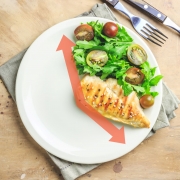
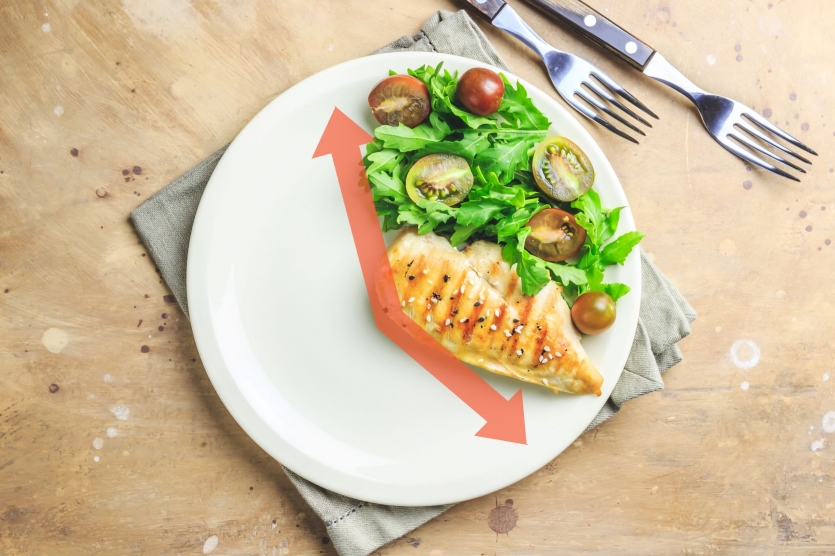





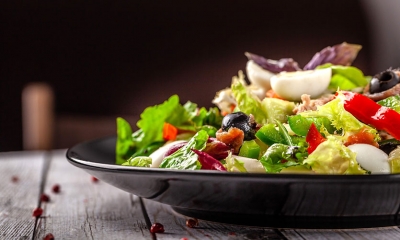
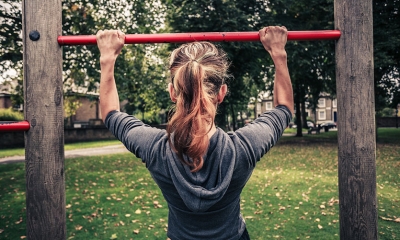


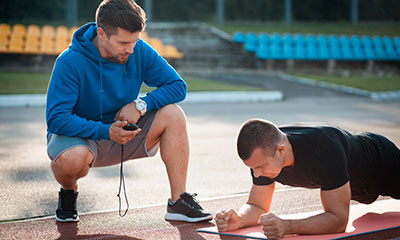



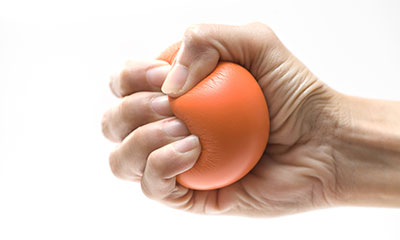



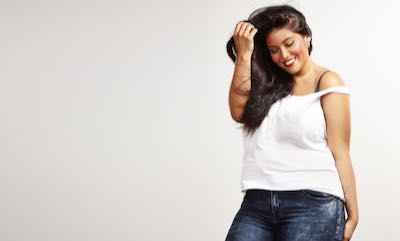
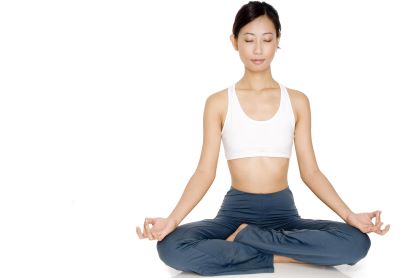
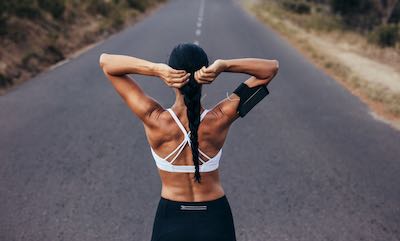







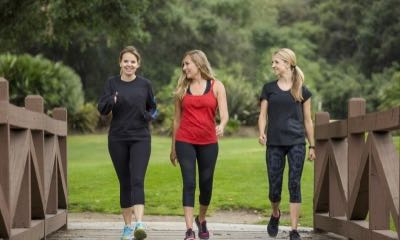
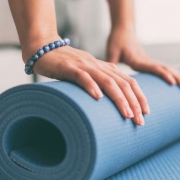
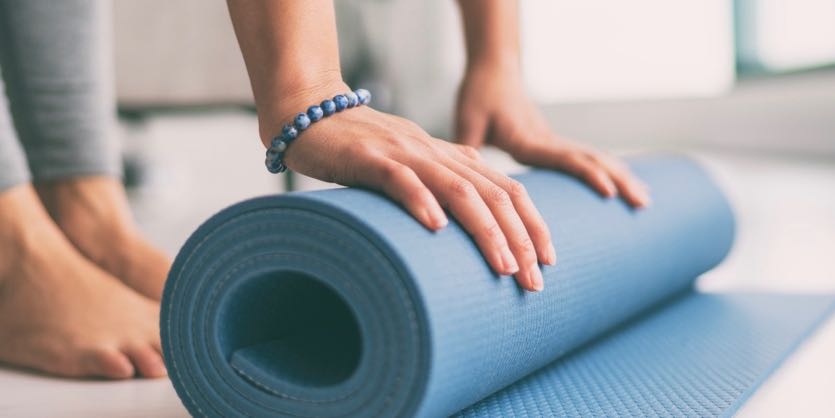
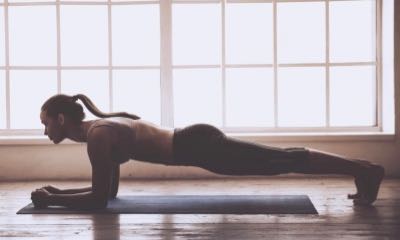
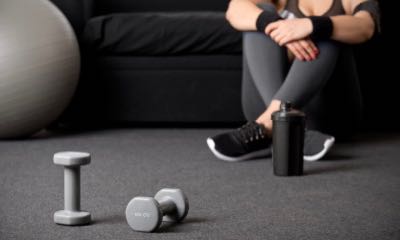
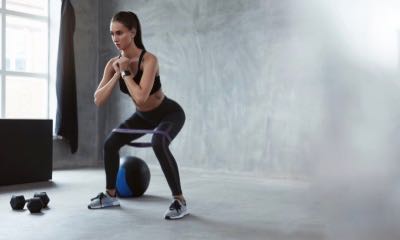
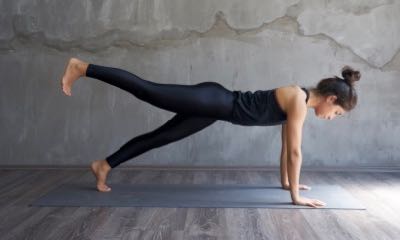
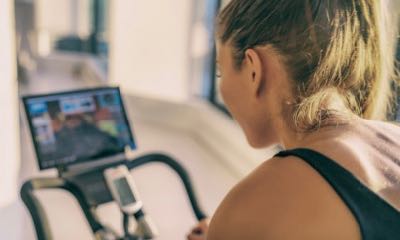

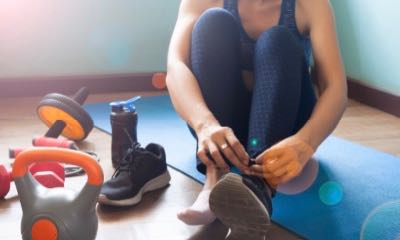









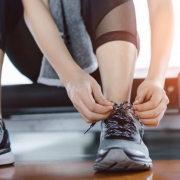

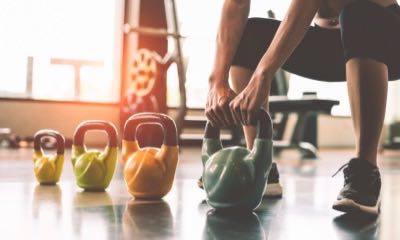 An activity counts as strength training if it involves significant effort to work your body’s major muscle groups (legs, core, shoulders, arms). While cardio exercises are recommended for certain durations, strength training doesn’t come with a similar prescription. Rather, you should continue to work your muscles—using resistance, machines, or hand weights—until the activity becomes difficult to continue. This muscle discomfort is actually indicative of minute muscle tears. To build up your muscles, you must first break them down.
Young people often focus on getting big, defined muscles for physical attractiveness. But as you age, strength becomes less about appearance and more a function of safety and independence. Sarcopenia is muscle loss associated with advancing age. With every decade past 30 years of age, adults will lose, on average, four percent of their muscle mass.
Maintaining muscle mass through the years will help you avoid injury, sustain mobility, and enjoy freedom of movement without assistance. Indeed, risk for bone fractures and other injuries increases significantly once sarcopenia sets in.
Participating in strength activities is important not only for building muscle, but also for increasing bone strength. And as you continue to age, both are extremely important. Weakened bones are more susceptible to breaking. Often these breaks are seen in the hip, spine, or wrist. The good news is that exercise—and, specifically, strength-based exercise—can
An activity counts as strength training if it involves significant effort to work your body’s major muscle groups (legs, core, shoulders, arms). While cardio exercises are recommended for certain durations, strength training doesn’t come with a similar prescription. Rather, you should continue to work your muscles—using resistance, machines, or hand weights—until the activity becomes difficult to continue. This muscle discomfort is actually indicative of minute muscle tears. To build up your muscles, you must first break them down.
Young people often focus on getting big, defined muscles for physical attractiveness. But as you age, strength becomes less about appearance and more a function of safety and independence. Sarcopenia is muscle loss associated with advancing age. With every decade past 30 years of age, adults will lose, on average, four percent of their muscle mass.
Maintaining muscle mass through the years will help you avoid injury, sustain mobility, and enjoy freedom of movement without assistance. Indeed, risk for bone fractures and other injuries increases significantly once sarcopenia sets in.
Participating in strength activities is important not only for building muscle, but also for increasing bone strength. And as you continue to age, both are extremely important. Weakened bones are more susceptible to breaking. Often these breaks are seen in the hip, spine, or wrist. The good news is that exercise—and, specifically, strength-based exercise—can  While you may be familiar with the term “cardio training”—or even more simply put “cardio”—you might not have considered where it comes from.
While you may be familiar with the term “cardio training”—or even more simply put “cardio”—you might not have considered where it comes from. 